Inflatable ‘ark’ brings artistic relief to Japan
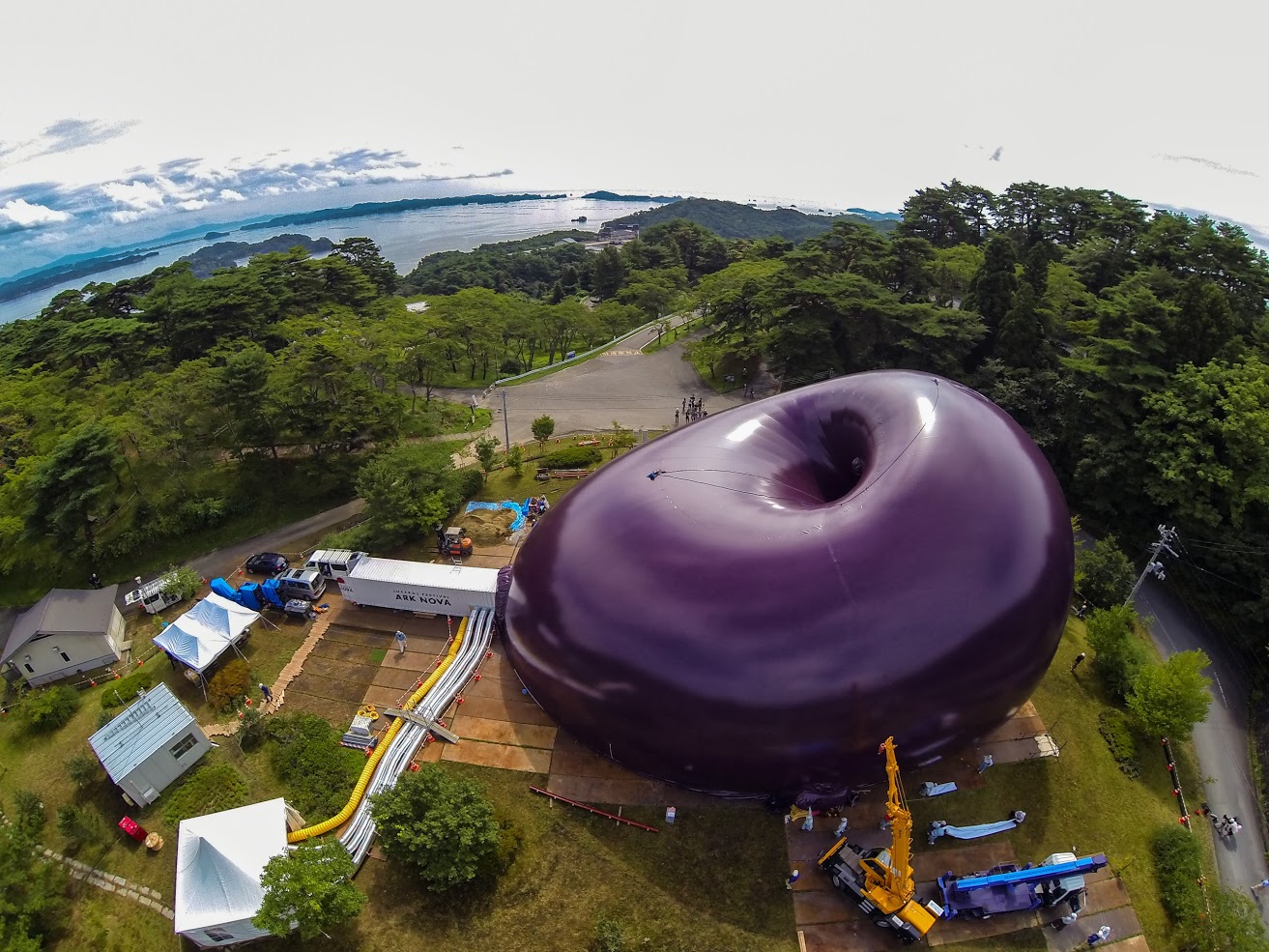
When news of the Japanese tsunami reached Lucerne Festival Director Michael Haefliger, he gathered a group of artists and founded the now-underway “Lucerne Festival Ark Nova” in Japan, featuring a first-of-its-kind portable concert hall.
The inflatable structure was designed by architect Arata Isozaki and sculptor and designer Anish Kapoor.
Haefliger spoke with swissinfo.ch from the city of Matsushima, Japan, where the first edition of the festival is being held through October 13. Musicians, conductors and artists from around the world are offering performances and workshops in an effort to help the region renew itself both culturally and emotionally.
swissinfo.ch: Now that your project has been realised and is underway, what is the atmosphere like?
Michael Haefliger: The building is of course pretty sensational, and it’s amazing that you can put something like that into a landscape which has never experienced any kind of activity like that. It’s almost like a UFO landing in the Tohoku region and bringing artists and musicians of high quality who hadn’t been there before. It’s not like the Lucerne Festival [in Switzerland], which grew over 75 years in a pretty cultural environment; it’s something very fascinating, I must say.
The building is highly interesting from a design and architectural point of view. The inside creates a lot of warmth and intensity, which is ideal for the performances. The building and the space inside are a centrepiece of the experience. It’s almost like a mise-en-scène, a staging. Whatever happens in there has a very, very special influence.
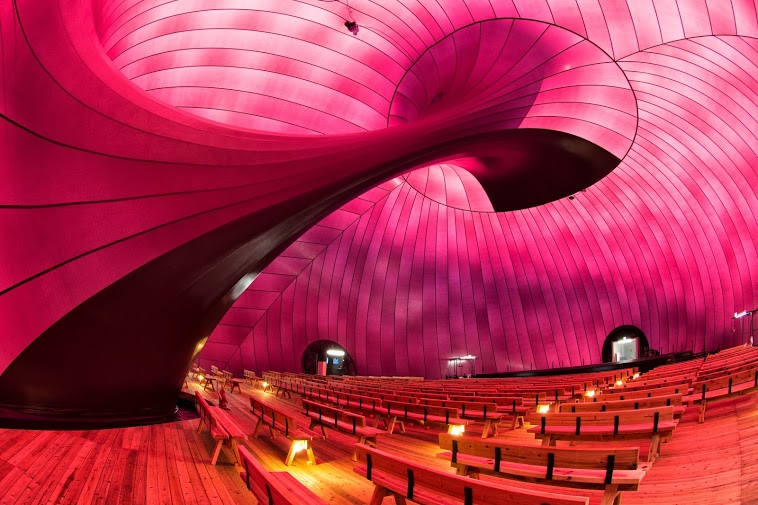
swissinfo.ch: What have been the highlights so far?
M.H.: We started with a workshop performance with [Venezuelan conductor and Los Angeles Philharmonic Music Director] Gustavo Dudamel who flew in and led a workshop performance with musicians we specially selected from the Tohoku region. They were very young musicians, between 10 and 15 years of age.
The next day we had the Sendai Philharmonic, the biggest orchestra in the region, performing with Gustavo Gimeno, a young conductor from Spain. And on the third day, we had a Kabuki theatre performance.
We are combining educational formats with the performance of classical music and Japanese performers of different kinds.
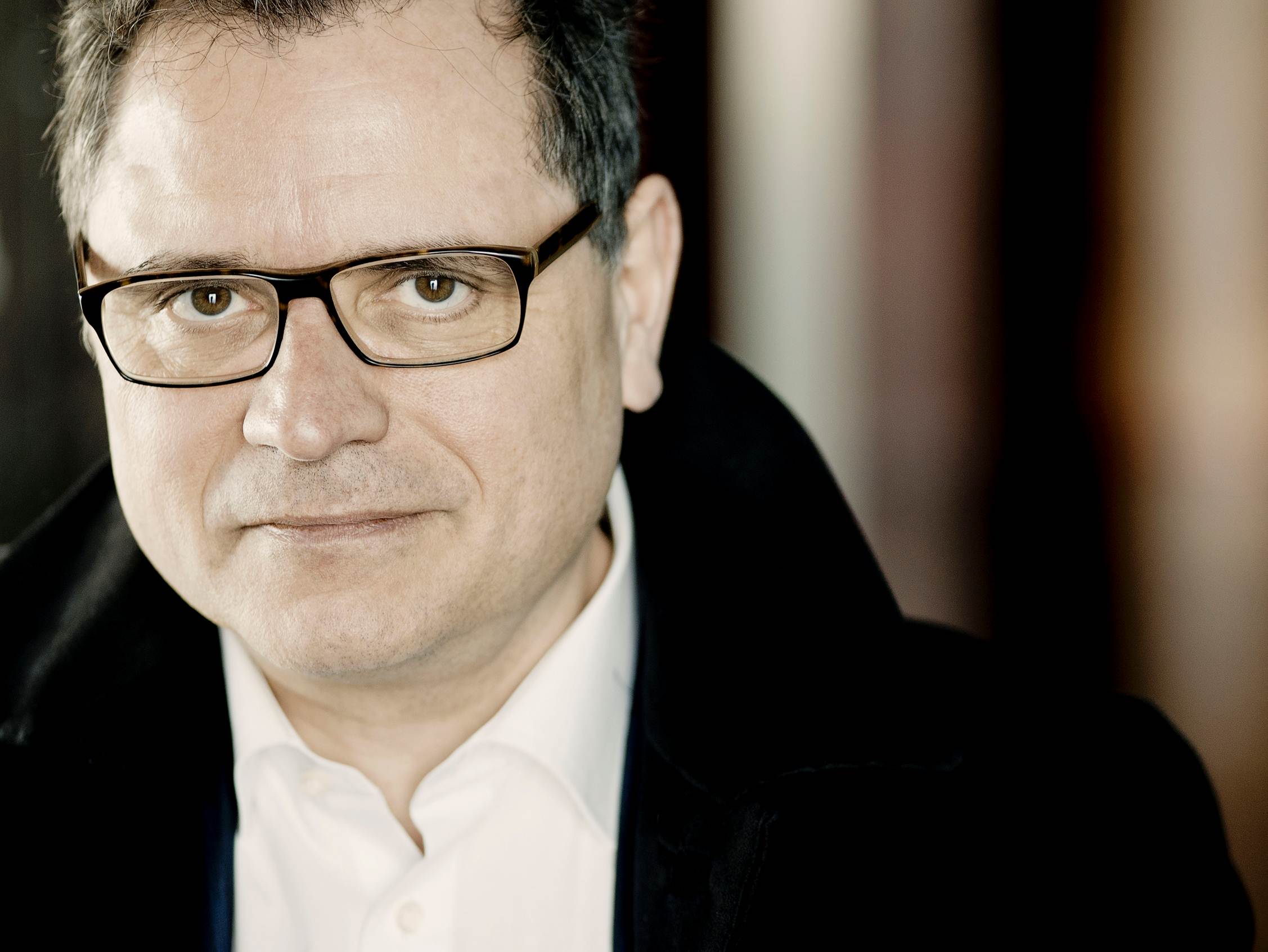
swissinfo.ch: This project was born out of your desire to do something for the people affected by the Japanese tsunami two years ago. How did it evolve?
M.H.: Many people were involved in building it up, but I just had the feeling that one should do something for these people who suffered in this catastrophe. And since we [Switzerland] have an on-going relationship with Japan, that was something that was closer to my heart than maybe if it had happened in another place. So I had the idea to do something and to do something really sustainable. I developed it together with my friend Masahide Kajimoto, and then Isozaki was a friend for many years and he came with the idea to involve Kapoor.
swissinfo.ch: What role do you think music and culture can play in healing from a disaster?
M.H.: It’s different than when you rebuild a home or bring food or save people from dying, but it’s focused more on the emotional aspects after catastrophes happen. Kind of a post-traumatic issue, where music comes in and the arts come in and try to help a region find a new identity, hope and spirit. Ark Nova is bringing a lot of joy and something positive and optimistic, making people in this region feel good. These young musicians would never have dreamt in their lives that they would play together with Gustavo Dudamel. It brings a very, very great spirit.
swissinfo.ch: Where does the name Ark Nova come from?
M.H.: There’s an old Japanese tale from the region that deals with a strange vessel coming and strangers bringing something very positive. That’s a more sophisticated description of what happened with this festival coming to Tohoku and bringing this project, something unknown to the region.
swissinfo.ch: What did you learn about Japan and the situation there in the process of planning this festival?
M.H.: A lot of the organisational aspects took place in Tokyo where you maybe don’t feel the effects of the disaster as much. But I’ve been down in Tohoku four or five times, and it was horrible when I went the first time in January 2012. Clearly the region is now coming back but there’s still a lot of destruction.
I think it’s very good that the project is happening two years after the tsunami because now people are able to sort of re-focus and enjoy something like this, to be aware of it and participate. Even a year ago would have been too early because I think people were too preoccupied with their own situations.
These people want to have something positive again, they want to read something positive about themselves, not always problems and disasters. It’s a heavy burden for a region like that to carry, and this is a good way to overcome that.
swissinfo.ch: Why did you choose to hold the festival in Matsushima? And where might it end up in the future?
M.H.: Right now Matsushima has the best infrastructure, and the town was ready to help with the building and support the project. Matsushima wasn’t hit as hard [by the tsunami], but to the left and right of it is destruction. So the plan was to start there and move the project to other places in future years.
We don’t just want to go around the world and do a nice show, we really want to focus on the region of Tohoku and focus the project here for three years. I think one of the goals will have to be to develop the artistic content, make it more intense, to build on the experience we had this year and find what kinds of projects would be best for this hall. I think we could have a more interdisciplinary project influenced by architecture design and evolve the artistic direction of the project. This first year we were very concerned with getting the building ready.
swissinfo.ch: What’s been the audience reaction? And how do you make sure the festival is accessible to everyone?
M.H.: They are mostly local people, which is the aim. The project is receiving attention in the international media and the architects are famous so we will have some people fly in, but it’s really a project for the people in the region. Of course it will have a touristic side-effect, I’m sure, which is good for the region.
The ticket prices are between 2000 and 5000 yen (CHF20 to CHF50), and there are also some performances which are free of charge, such as workshop performances. So the goal is definitely to make it very accessible to the people from the region and not make it a VIP event.

In compliance with the JTI standards
More: SWI swissinfo.ch certified by the Journalism Trust Initiative
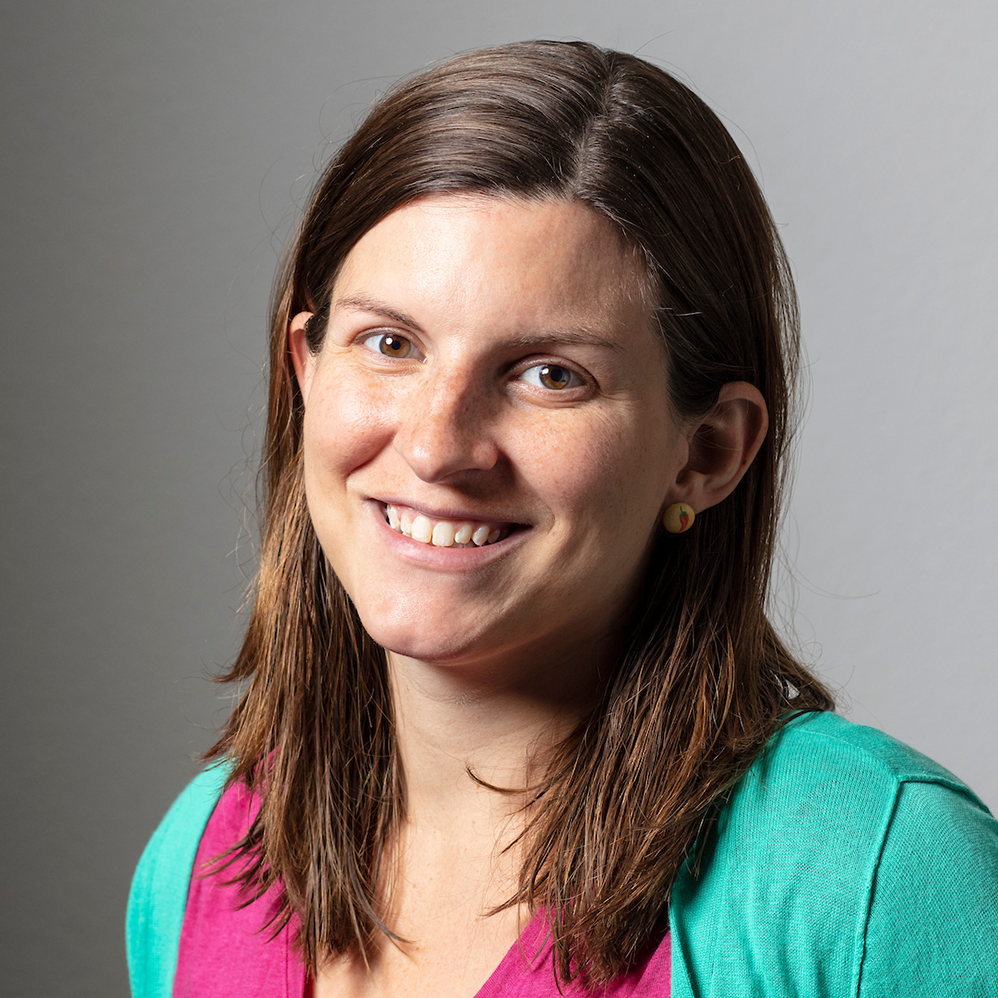
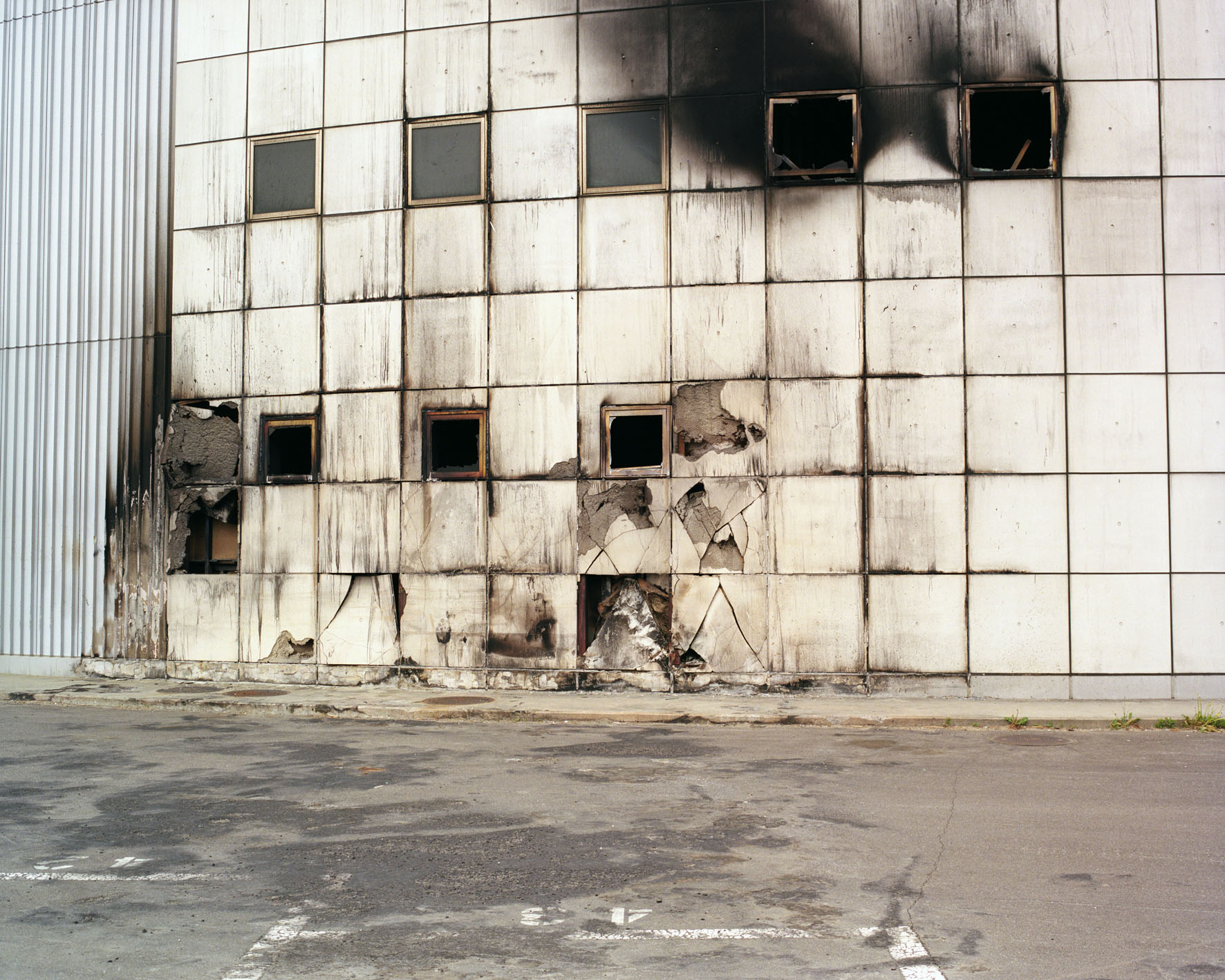
You can find an overview of ongoing debates with our journalists here. Please join us!
If you want to start a conversation about a topic raised in this article or want to report factual errors, email us at english@swissinfo.ch.